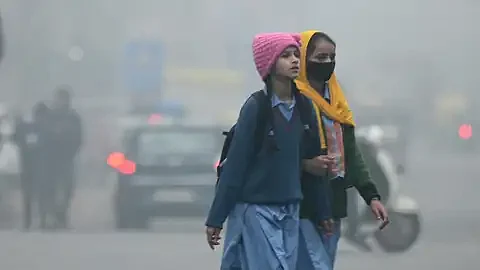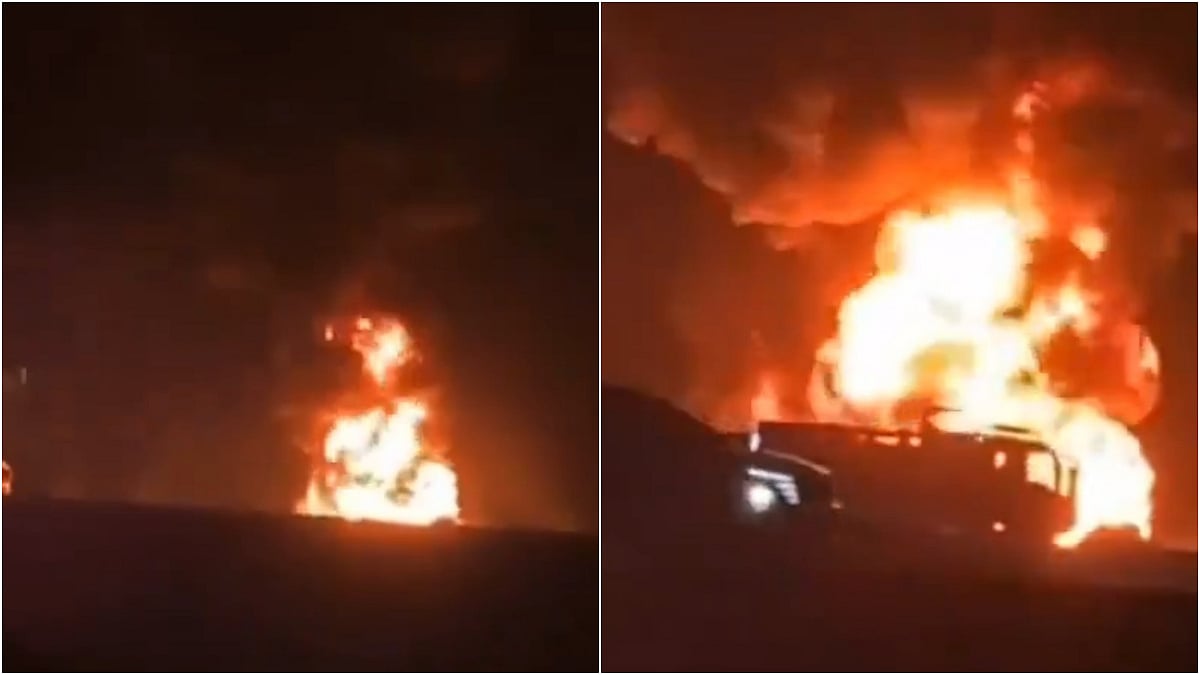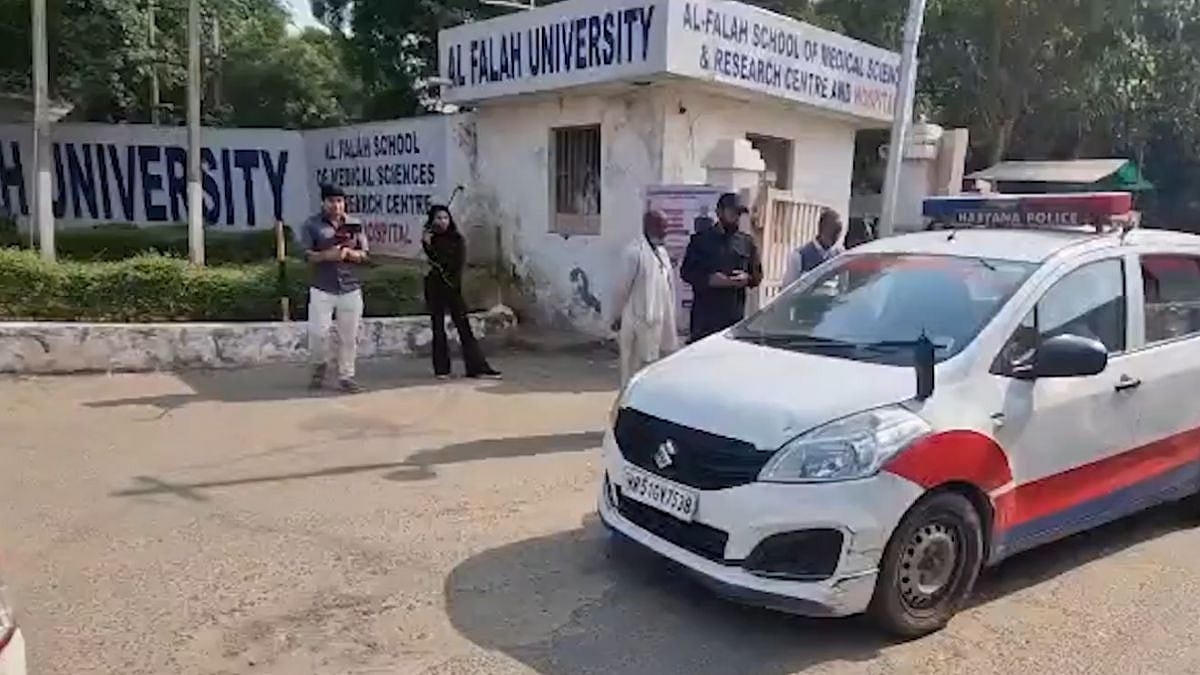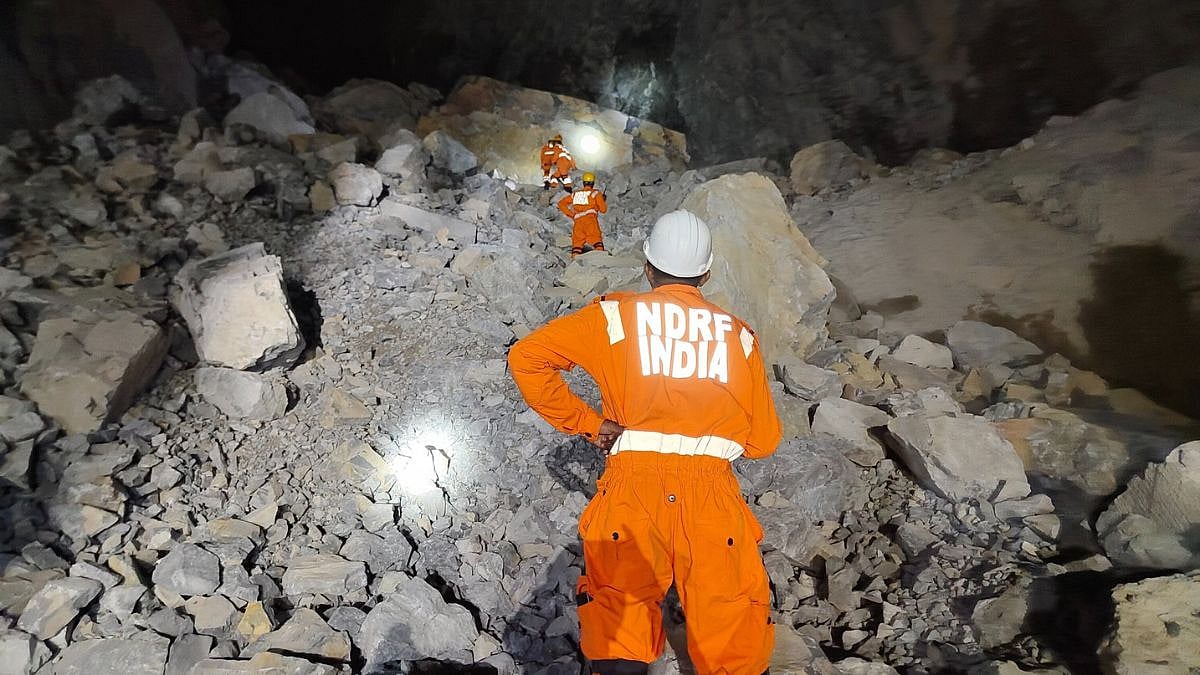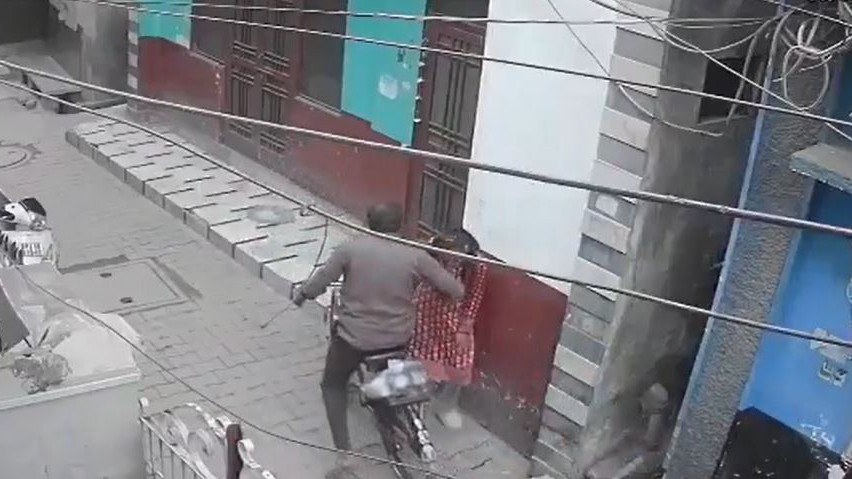New Delhi: The national capital woke up to dense smog on Monday morning as the average Air Quality Index (AQI) stood at 359 at 7 am, falling under the 'very poor' category despite the Graded Response Action Plan (GRAP)-III in effect across Delhi and the National Capital Region (NCR), according to the Central Pollution Control Board (CPCB).
A layer of thick smog engulfed several areas, showing little to no improvement from Sunday morning's AQI of 385.
Details
Bawana recorded the highest AQI level of 427 at 7 am, falling under the 'severe' category. In contrast, NSIT Dwarka recorded the lowest AQI of 225, according to the data by the Central Pollution Control Board (CPCB).

Visuals from India Gate and Kartavya Path are blanketed in a layer of toxic smog as the AQI in the area is 341 in the 'very poor' category, as claimed by the CPCB.
Chandani Chowk recorded an AQI of 383, RK Puram 366, ITO 394, Punjabi Bagh 384, Patparganj 369, Pusa 365, and Dwaraka Sector-8 356.
A layer of toxic smog lingers in the air of Anand Vihar as the Central Pollution Control Board claimed that the Air Quality Index around the area is 383, categorised as 'very poor'.
The thick smog, along with deteriorating air quality, mercury continued to hover around the 9 Degree Celsius mark, with some areas recording even lower temperatures.
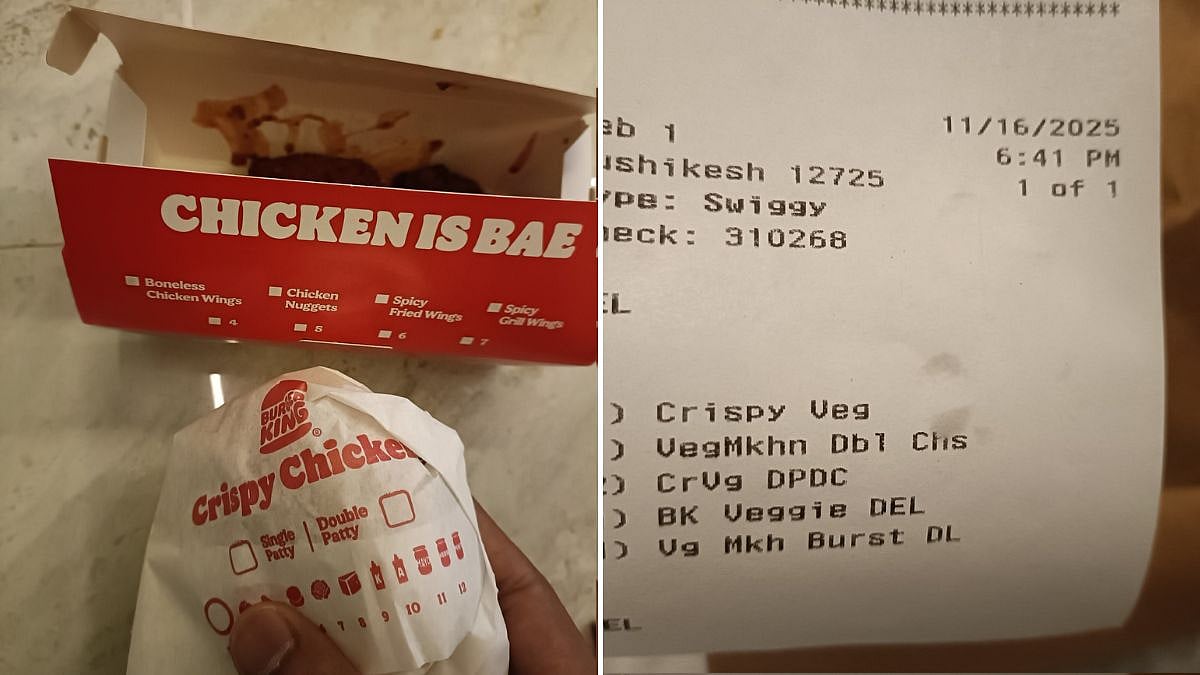
As per CPCB classification, an AQI between 0-50 is considered 'good', 51-100 'satisfactory', 101-200 'moderate', 201-300 'poor', 301-400 'very poor', and 401-500 'severe'.
Following the deteriorating air quality in the national capital, the Graded Response Action Plan (GRAP) III was implemented on November 11 across Delhi by the Commission for Air Quality Management (CAQM). The measures aim to control emissions through stricter restrictions on construction, vehicular movement and industrial operations.
Under GRAP-III, curbs include a ban on most non-essential construction activities, restrictions on BS-III petrol and BS-IV diesel four-wheelers, suspension of classes for students up to Class 5 with a shift to hybrid or online learning, curbs on industrial operations dependent on non-clean fuel, and a ban on non-emergency diesel generator sets.
Earlier, the Supreme Court directed the governments of Punjab and Haryana to file a status report on the measures taken to curb stubble burning, which contributes to the air pollution crisis in the Delhi-NCR region.
A bench of Chief Justice of India BR Gavai and Justice K Vinod Chandran ordered, "We direct the state of Punjab and Haryana to file a report on what steps are being taken to curb stubble burning." Since Diwali, the air quality in Delhi and the National Capital Region (NCR) has been reeling under the 'very poor' and 'severe' categories in several areas, even as Stage III of the GRAP remains in effect.
(Except for the headline, this article has not been edited by FPJ's editorial team and is auto-generated from an agency feed.)
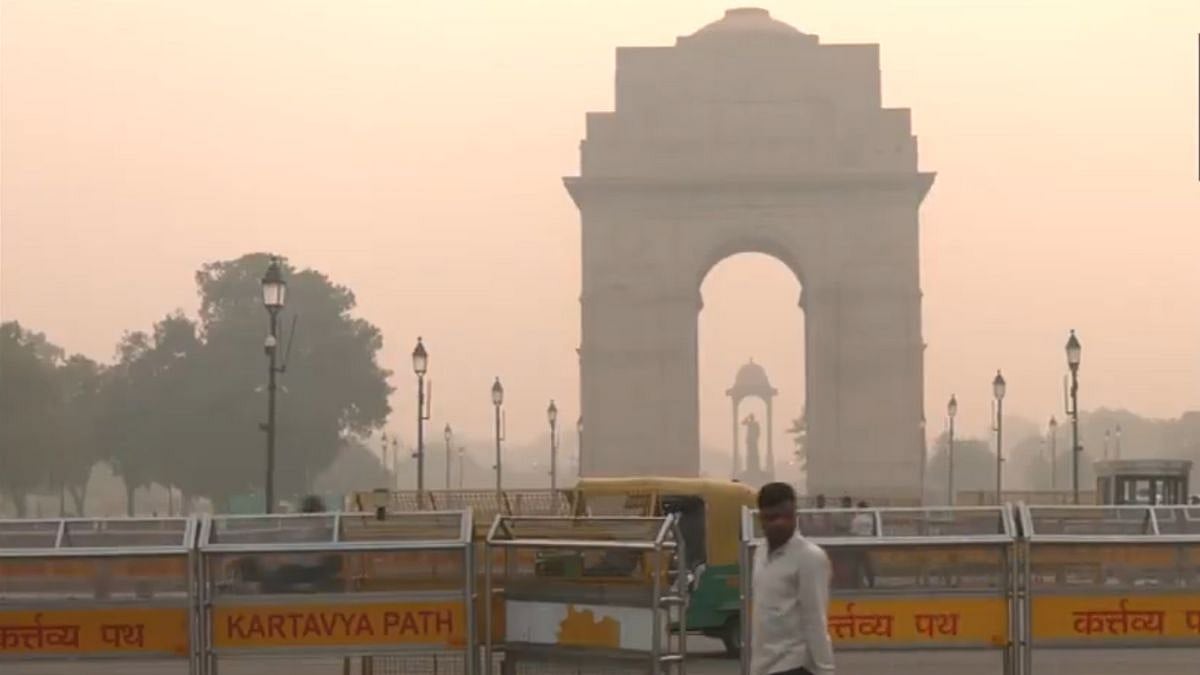



.jpg)
